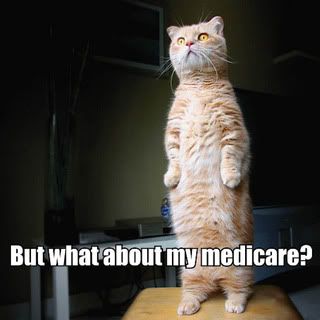
I have to start off this post by being a good, honest samaritan. I don't really read the news. I haven't picked up a newspaper for as long as I can remember, and the only time I really read news is when it's bizarre, or when my classes forces me to. Still, I don't find this to be a problem, just because most news is obtainable by simple word of mouth.
I have found word of mouth to be very useful when it comes to the Healthcare Reform. Especially since over 66% of Americans say they followed the health care debate more closely than any other major news story last week. My first thought was...well...”Duh!” I mean, isn't it obvious that people would be interested in such news? I think the citizens would like as much information as they could possibly get when it comes to government regulated healthcare.
It really is a huge change in our nation, and one that WILL effect everyone. So the fact that so many people are following the healthcare topic so closely is almost needless to say. Still, the article describes the news interest in detail, and the graphics presented seem pretty informing.
The first graphics show how the interest in news is divided up. Most people are following the healthcare reform, the next most interesting topic the news about vandalism and threats directed at Democrats who voted for the legislation most closely. The graph also shows the percent of news coverage devoted to the story, and they correlate very closely (How extremely unsurprising).
The next graphic is the one that I find most interesting. It shows how well most americans believe they understand how the law will impact them. The results are almost split, with 55% of the surveyed people saying they understand at least somewhat well how the new health care law will affect them and their families. It also divides up the different political parties, different incomes, ages, and male and female, and shows how they differ in their understanding of the new law.
Overall, the graphic was very easy to read, and actually very helpful. It makes me think that maybe certain people don't accept the healthcare reform simply because they don't understand it. But it's still very comforting to know that most people are trying their best to understand it by doing their research and reading the news. I, unfortunately, am just another idiot, who really doesn't have the ambition to care about it.


